OnePlus X review: Never settle for second best

The OnePlus X breaks new ground for the young Chinese company. Making the X, OnePlus eschewed its usual formula of stuffing the best processor in a ridiculously cheap phone. Instead, it has repurposed the internals of its debut OnePlus One into a smaller phone with a lower $249 price tag. But in achieving that admittedly impressive feat, it's gone against its own mantra.
Hardware
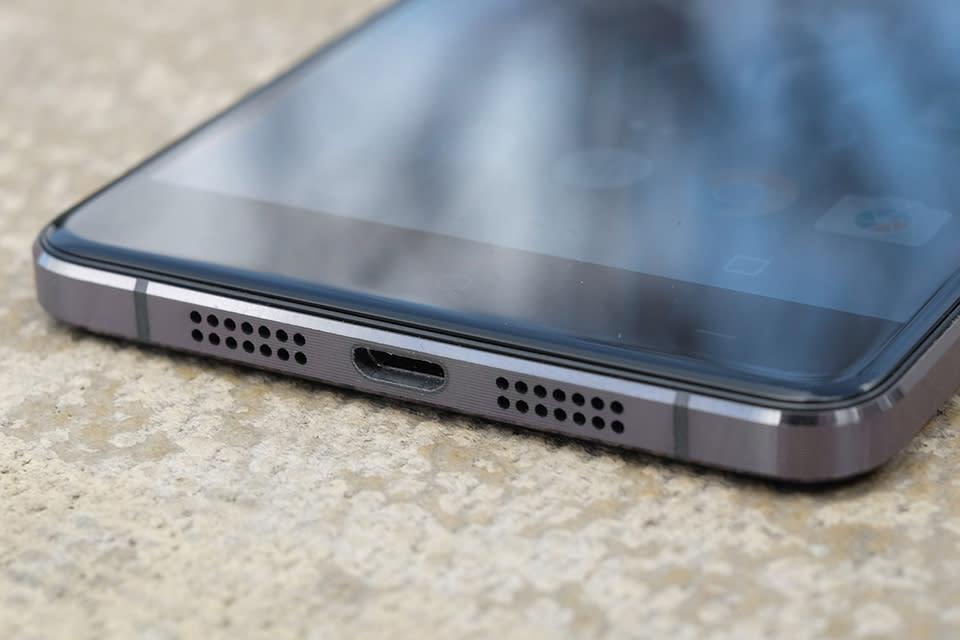
Let's start this off with a list of things that, despite what you might have heard, the OnePlus X doesn't actually look like:
The Apple iPhone 4
The Apple iPhone 4S
The Apple iPhone 5
The Apple iPhone 5S
That's not to say that there aren't elements of Apple's design here, but they're just elements. When combined with other constituents, they bond to form something wholly different. So much of Apple's design philosophy over the years has involved borrowing, refining and remixing other companies' work. If you don't have a problem with that, you can't suddenly take issue with OnePlus for wrapping a glass phone in a metal band and drilling some holes at the bottom.
Writing an impassioned defense, for what it's worth, doesn't mean that I actually like the way the X looks -- I don't. It's so pedestrian; a glossy glass slab with the metallurgic equivalent of pinstripe etched into its metal sides. The build quality is admirable, from the phone speaker cutout to the three pristine capacitive buttons below the display, but it feels as if the designers created a mood board for "luxury" and then picked the things they liked from it. And those aforementioned Apple elements actually infect the OnePlus X with some of the best and worst things about Cupertino's designs over the years.
The "iPhone 4" glass covering, for example, looks nice enough, but the glossy back picks up fingerprints by the millisecond, and although my unit is pristine, we noticed scratches at the device's UK unveil. It's also very slippery, but that's somewhat mitigated by the metal band, which although not particularly attractive, helps improve the grip. And those "iPhone 5" drilled holes -- one side serving a speaker, the other a microphone -- are easy to obstruct if you're "holding it wrong."
At $249 the OnePlus X offers a compelling spec sheet
Within the staid shell, however, things get far more interesting. While the OnePlus X isn't in danger of outpacing the new "2" flagship, at $249 it offers a compelling spec sheet, which is roughly the same as last year's OnePlus One. That means a 2.3GHz quad-core SnapDragon 801 processor paired with Adreno 330 graphics, 3GB of RAM, 16GB of storage, dual SIM slots and a 2,525mAh battery. The screen is smaller than last year's model -- a 5-inch display rather than a 5.5-inch -- but it's still 1080p. There's neither the fancy fingerprint reader nor the reversible USB Type-C port of the OnePlus 2. There is space for a microSD card inside the SIM tray, however, OnePlus' excellent alert slider is present, and there's a neat multicolored notification light that I'm quite enamored with.
There are two welcome additions inside the box. The first is OnePlus' micro-USB cable. It's the same as the cord packed in with the 2: a flat, red affair with a reversible (at the charger end) USB. It would've been easy for OnePlus to bundle a basic white or black lead here and call it a day. Even if it's just a cable, it's nice that budget-conscious shoppers can still enjoy the luxury. The second addition is a translucent silicone case. I've never put my phones inside cases, but I will slip one on if I'm going to a place where I may drop or damage a phone irreparably; something like a busy event or an alcohol-fueled night out. Including a basic thing that protects the X probably costs OnePlus $0.20, but it's a nice touch.
Display
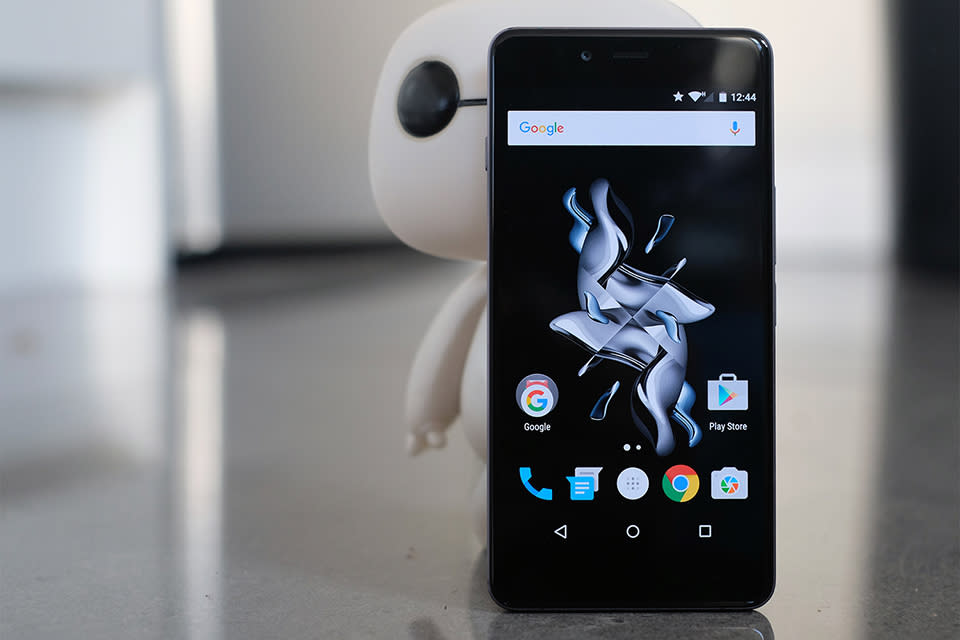
The X's 5-inch display is a 1080p AMOLED, which typically means superb viewing angles, bright colors and blacks beyond the event horizon. There's no sea change here. Colors are indeed punchy -- a little too gaudy for my taste, but your mileage may vary -- viewing angles are great, and of course, since AMOLED doesn't have a backlight, blacks are fantastic.
While it's a good display for the price, this is not AMOLED's finest hour. I'm perhaps spoiled by flagship panels. It's not a matter of resolution -- that's absolutely fine -- but the screen itself has some idiosyncrasies. It's not laminated, and there's quite a gap between the display and the coverglass. It's not a huge issue, but it's there. I also take issue with the color balance of the display. The company has form here -- the OnePlus 2 has one of the bluest displays I've ever seen on a phone -- but to my eyes the X has an even higher white point.
This is not AMOLED's finest hour
It's worth noting that Samsung, HTC and other companies that offer AMOLED displays all include various color modes to account for differing tastes, and there's no way to adjust the temperature out of the box. Without jumping through complex loops, third-party options to fix this are only ever going to be crude color filters. Again, this is personal taste, but I can say for sure you're definitely not going to be viewing photos and movies the way their creators intended them to be seen.
My final complaint is that the display is also a little on the dim side, even at full brightness. Autumnal London doesn't exactly provide the best conditions for a daylight readability test, but while I haven't had any problems to note, I am concerned this phone won't do well in sunnier climates.
Software
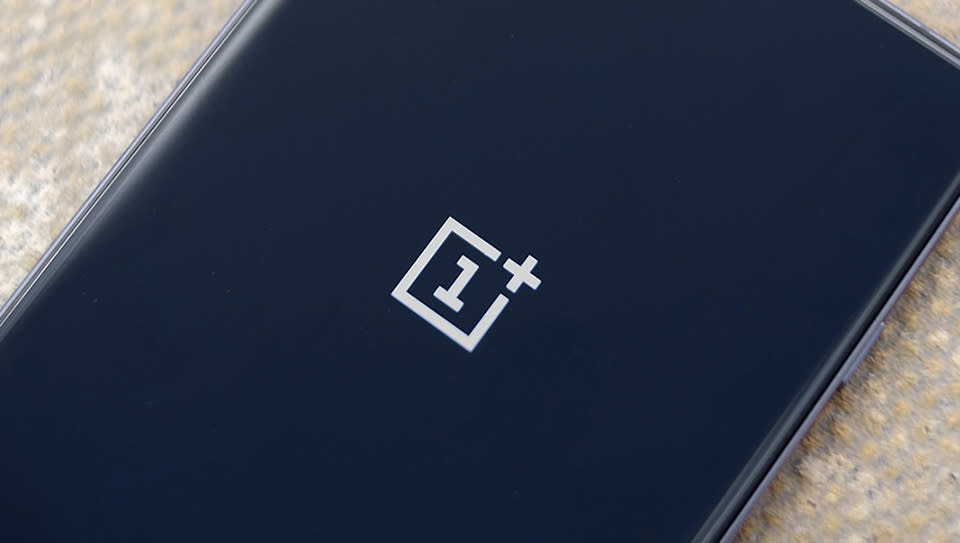
OnePlus' Oxygen OS is very good. I hadn't really spent time with it before the X arrived -- unless a cursory swipe across home screens on a OnePlus 2 counts -- but I'd like to spend more time with it now. If you've used stock Android, you won't find too many differences visually, but there are some additional, genuinely customization options on offer.
By default the phone has a "dark" theme, which changes the menus to a deep black and the app drawer to a dark gray. In theory, due to the peculiarities of AMOLED technology, this uses less power than the regular white Android theme. In practice, white text on a black background hurts my eyes, and I'd rather just charge slightly more often. Changing this theme is a simple affair, as is modifying the accent colors. I do think OnePlus could go a little further with the customization options, especially by pulling in some third-party ideas like having specific color notifications on the LED for your favorite apps.
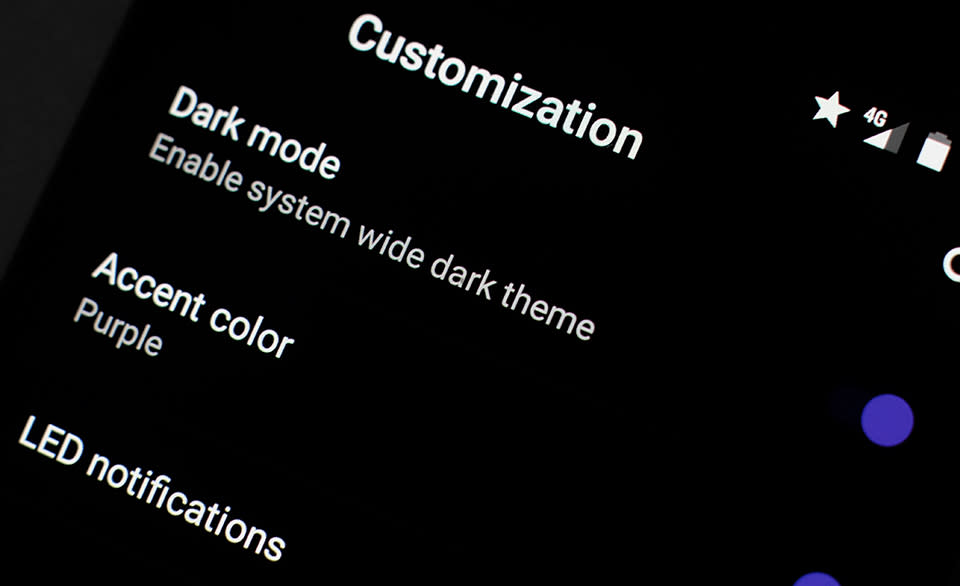
In the same settings menu you'll also find some other options, one of which lets you deactivate the capacitive buttons and opt for on-screen instead -- which I did almost immediately, chiefly because the capacitive ones aren't backlit and I was tired of fumbling for the back key in the dark. Other than that, though, this is just Android really. There are a few token gestures for when the screen's off -- double-tap to wake up, draw a V for flashlight, an O for Camera, etc. -- and a weird "Shelf" thing for storing frequently apps that I switched off, but you're mostly just looking at Android Lollipop, for all its good and bad points.
One thing I was slightly concerned about were the broken apps and restarts that marred the early days of Oxygen OS. These were present when we reviewed the OnePlus 2, but I'm happy to report that these teething problems seem to have subsided; I encountered no random reboots and no rendering issues even after purposefully running down the list of previously affected apps. For the record, the phone was running Oxygen OS version 2.1.2, and Android version 5.1.1.
Camera
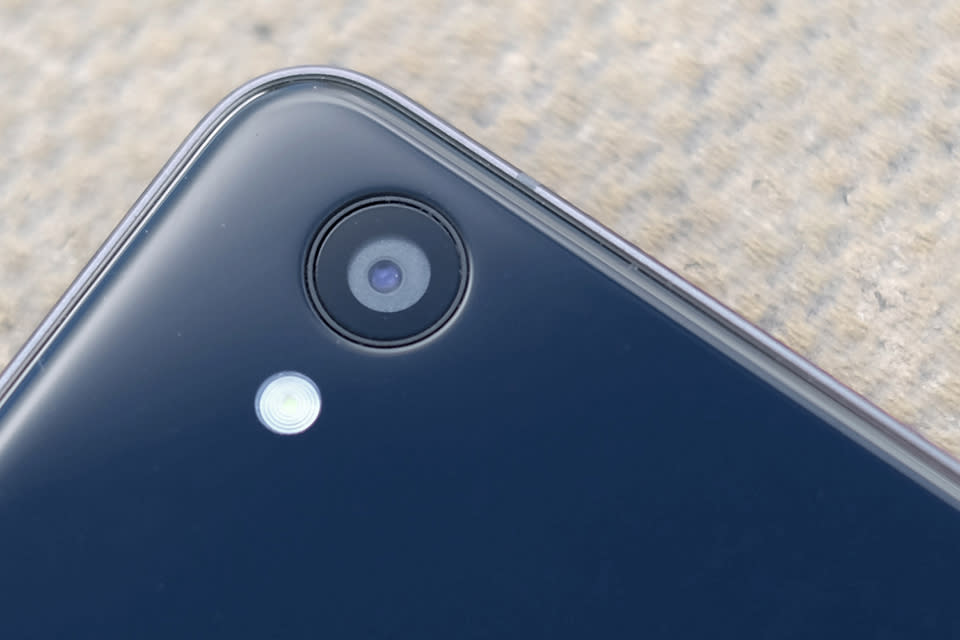
The OnePlus X's camera may have the same megapixel count as its more expensive brethren, but the similarities end there. Yes, it's got a 13-megapixel sensor, but it's a smaller sensor than the OnePlus 2's, and so lets in less light. It's also placed behind an f/2.2 lens, which is a third-stop slower than the lens on the 2. The result of these concessions is a much poorer experience.
In good lighting conditions, the X can capture a decent amount of detail, but it's difficult to predict whether you'll get a good photo. There's just no consistency here; in a typical five-minute shooting period, I saw underexposed and overexposed photos, vibrant colors, subdued colors and totally inaccurate colors. The X is quick to focus, though, and shutter lag is minimal.
In low light, things get worse. I took the phone along to an industry event featuring live music, and happily snapped away. During the show the images seemed fine, but I came home to find they were universally bad. There's an over-aggressive anti-noise algorithm that sucks all the detail out of photos, and the daylight exposure and color issues carry over as well.
Software updates could improve things, but this will never be a great camera
Video fares a little better: It maxes out at 1080p and is more than adequate in daytime. At night or in low light things will get grainy, but not unreasonably so. There's a slow-motion mode that records at 120 frames per second but kicks the resolution down to 720p. It doesn't really work. Unless you're in bright bright daylight, slow-mo footage looks awful; the X's tiny sensor and poor ISO performance make everything too dark. This feature works well on the OnePlus 2, but adding it here just seems like a waste of time.
I'm not sure that all of the OnePlus X's problems are due to the sensor; it's more likely the software. That's not to say that OnePlus can fix everything -- this will never be a great camera -- but white balance and exposure settings seem like something OnePlus could improve through updates. And it really needs updates. A shot of fallen leaves taken at the park near my place shows just how wrong the software gets white balance sometimes. The blades of grass look like astroturf rather than something natural. I took the liberty of color-correcting one half of the image in Photoshop so you can see just how bad the original was:
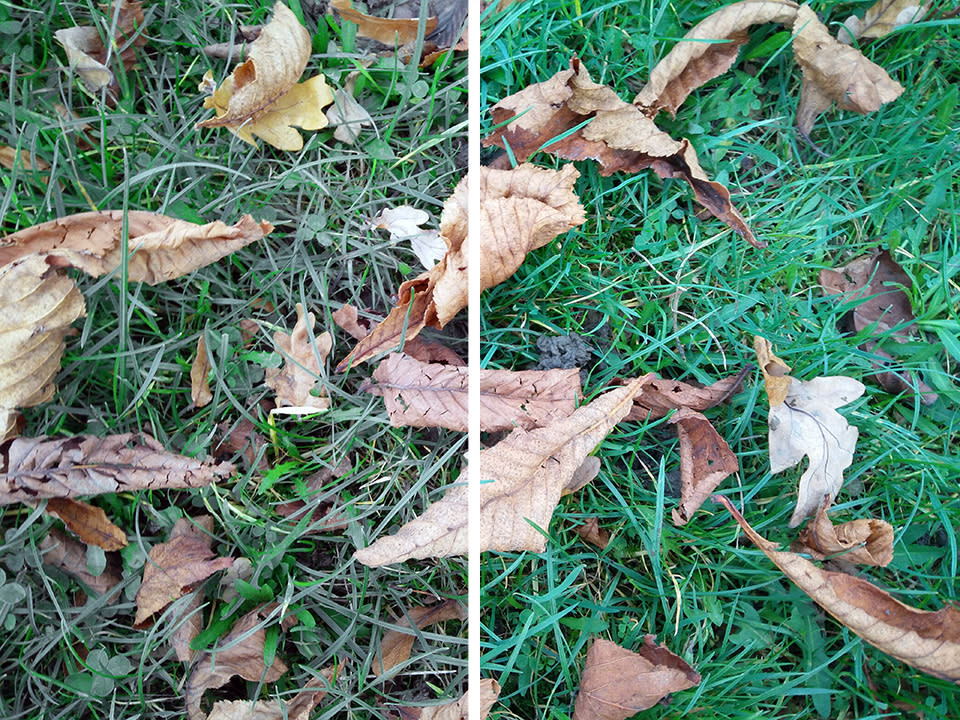
In case you couldn't tell, the right side of the above image is what came from the OnePlus X. I didn't expect this camera to be fantastic -- what phone in this price range gets imaging totally right? But I did expect it to keep pace with other budget handsets like the Moto G. It can't, and if you're passionate about mobile photography, you'll probably want to look elsewhere.
Performance and battery life
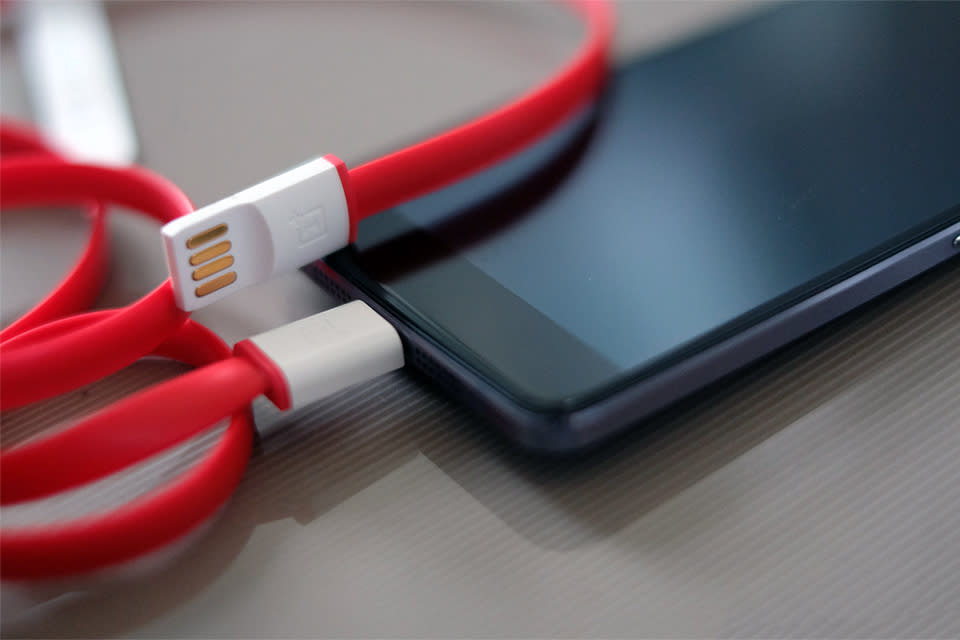
Keeping pace with the Moto G is not exactly a problem when it comes to raw performance. As I mentioned before, the quad-core 2.3GHz Snapdragon 801 processor inside the OnePlus X is last year's flagship chip. Aside from OnePlus' own One, it's found in phones like the Samsung Galaxy S5, the HTC One M8. In general navigating home screens, browsing, multitasking and gaming was fast and fluid. The OnePlus 2 is a hair faster when you put the two side by side, but I really can't discern much of a difference in everyday use.
OnePlus X | OnePlus 2 | Moto G (2015) | Samsung Galaxy S6 | |
|---|---|---|---|---|
AndEBench Pro | 7,528 | 9,945 | 4,259 | 10,552 |
Vellamo 3.0 | 2,828 | 3,025 | 1,992 | 3,677 |
3DMark IS Unlimited | 16,716 | 23,598 | 4,518 | 21,632 |
SunSpider 1.0.2 (ms) | 1,330 | 1,516 | 1,522 | 674 |
GFXBench 3.0 1080p Manhattan Offscreen (fps) | 9.8 | 25 | 1.7 | 25 |
CF-Bench | 58,373 | 62,117 | 20,999 | 79,168 |
SunSpider 1.0.2: Android devices tested in Chrome; lower scores are better. | ||||
I don't really put much stock in benchmarks; they're a rough guide of a smartphone's raw power, but aren't really indicative of what a device is like to use. That said, you'll be unsurprised to note that artificial benchmarks put the X pretty much exactly on par with the company's One, which it shares many specs with. I did notice a little stutter when opening apps, but I've yet to see a phone that doesn't occasionally slip up due to a bad app.
I was really concerned to hear that the OnePlus X had a sealed 2,525mAh battery. The Snapdragon 801 is a powerful chip, and that battery is far smaller than the OnePlus One's 3,100mAh unit. Turns out I needn't have worried. The X always reached the end of the day before I needed to charge it, and in our battery test (looping a video with WiFi on and the screen brightness set to 50 percent) it hit nine hours and 47 minutes, which is virtually identical to the OnePlus One, and about half an hour longer than the OnePlus Two. It's also ahead of flagship phones like the Galaxy S6 and HTC One M9, but thanks to the beefier processor, it lasts an hour less than the Moto G.
LTE support is a big issue for North America
If you're reading this from North America, there are a few additional things you need to know. The OnePlus X lacks support for Band 12 and 17 LTE, which depending on where you live could seriously affect your ability to access high-speed data. Parts of AT&T's US and Puerto Rico networks run on Band 17, as do portions of Rogers' network in Canada. T-Mobile's network is increasingly relying on Band 12, and Bell's Canadian network also uses Band 12 in some regions. This is obviously a big problem if you live in the "wrong" area; journalists in New York on AT&T have reported big issues with LTE signal. Failing to support those bands is an odd decision, especially considering that OnePlus actually has three versions of the X for different regions, and budget handsets from other companies have no trouble.
The competition
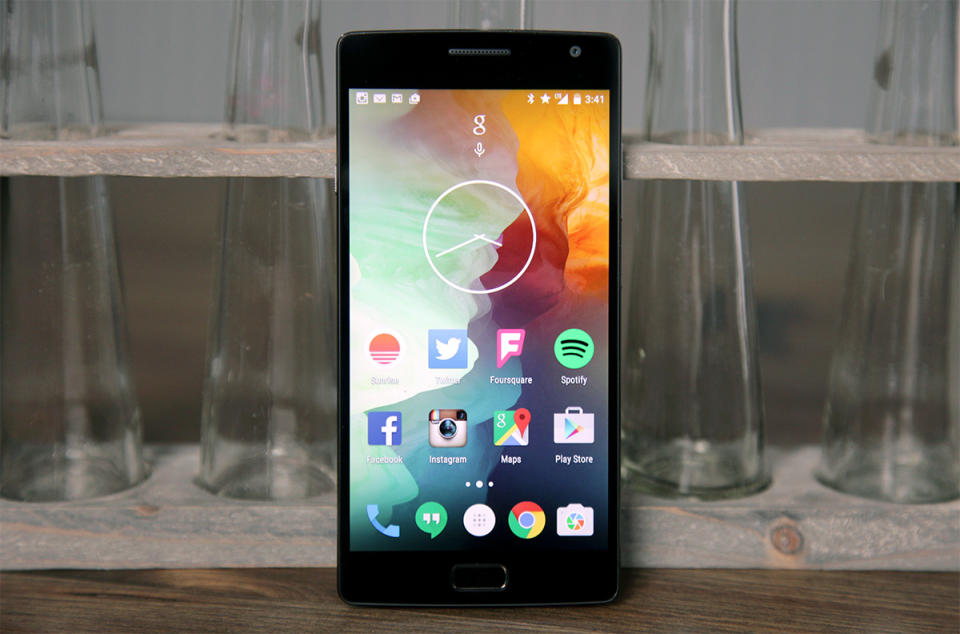
The $329 OnePlus 2.
What do you want from this phone? Are you just looking for a cheap, reliable device, or are you searching for the trappings of a flagship at a lower price? Whatever you're looking for, I have trouble believing that at $249 the OnePlus X is the best fit for you.
For the budget conscious, the cheaper Moto G, at $220 for the 2GB RAM version, is simply a better all-round phone. It's less flashy, for sure, but it's a competent performer, has a superior camera, wider LTE support, and is waterproof. For those looking for bleeding-edge performance, why not spend the extra $70 and pick up a OnePlus 2? It's got more power and a way better camera, and in my opinion it's the more attractive phone by far. About the only thing the OnePlus X has over the 2 is microSD expansion.
Wrap-up
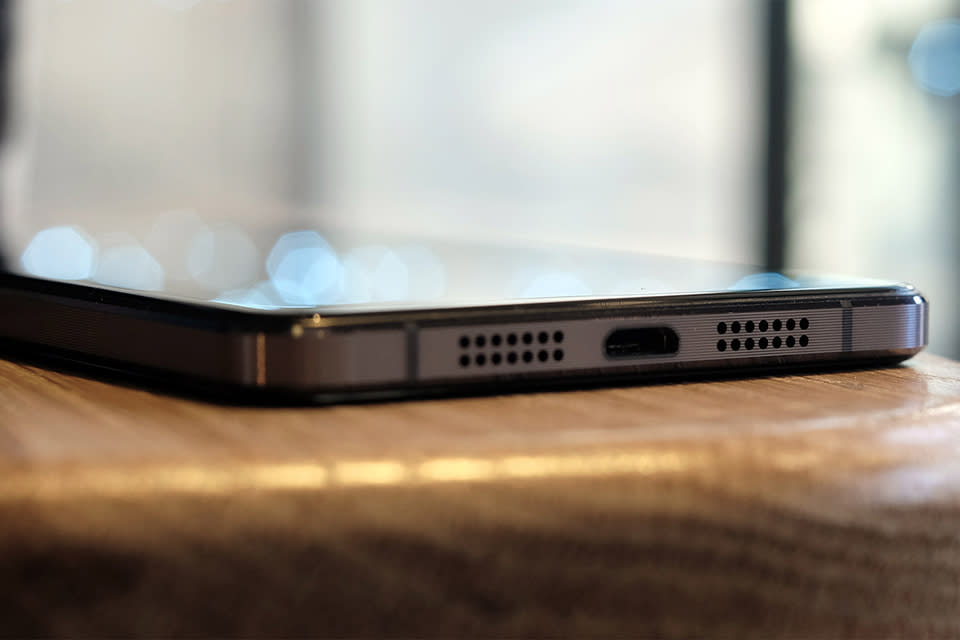
And that's really my issue here. OnePlus' motto is "Never Settle." But I can't see a reality in which you buy the OnePlus X and you're not settling. You'd be settling for a subpar camera, even compared to cheaper devices. You'd be settling for weaker LTE support, which even if you're European will affect you if you plan on roaming outside of Europe. Or you'd be settling for last year's flagship, when you could have this year's for $70 more. OnePlus has proven it can make a competent phone on an even slimmer budget. But it hasn't made one that makes sense over its slightly more expensive cousin, or even one that can justify the price hike over a Moto G.



































